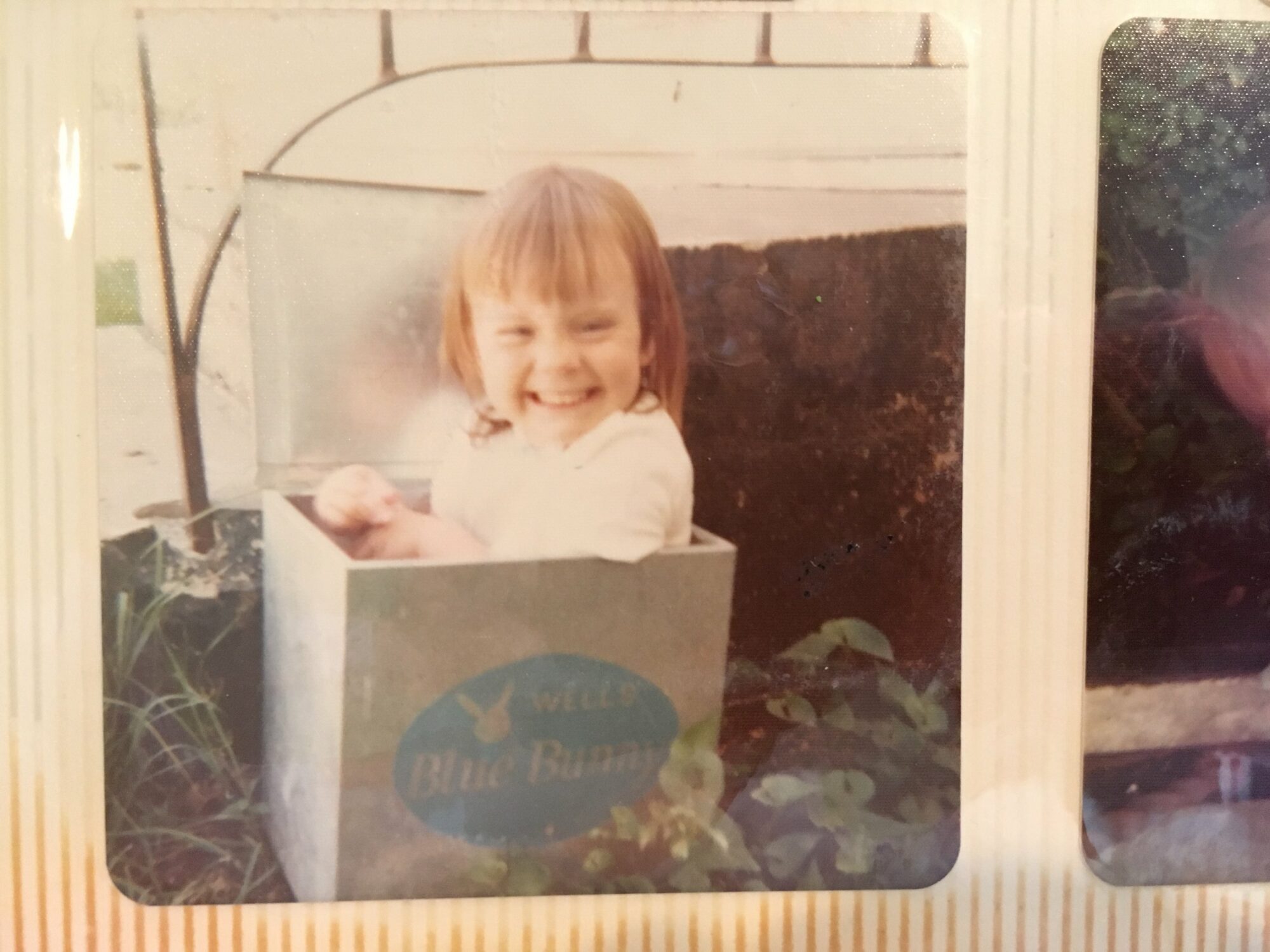March was pretty rough on the farm. Maybe it was the two Nor’easters (they didn’t help!) or maybe it was the unwelcome cold and snow after a very warm and spring-like February (yes, it was that too.) I’m looking forward to April more than usual, with its new life and much-needed energy.

The most obvious signs of new life are the newborn lambs and kid goats bouncing around the barn. They leap and twist in circles around their worrisome mothers, who scold and call to them. Sometimes the babies heed their mothers’ calls; but most often, they do not. Life is too much fun—and the bounding and rebounding are too exhilarating. We also picked up our first baby chicks for the season. The soft, peeping balls of fluff seem so fragile and new…I usually can’t sleep the first night they’re in the brooder for fear that something terrible will happen to them. They hardly seem like they’d amount to anything really, except that in a short six weeks they’ll be ready for processing and our farm will again be in full swing.
Our vegetable and flower farming friends have seeds started in their greenhouses, with tiny tendrils of life poking through the dark soil. The warmth and smell of new life in a greenhouse is one of the most intoxicating smells around!
Longer days and red-wing blackbirds are Mother Nature’s own harbingers of spring. Soon, the pussy willows will bud out and daffodils will peak through the soil. The landscape will shift from white and grey to a bright and beautiful green. When winter overstays her welcome, it’s these thoughts of new life that give me encouragement and hope for the future.
But what happens when spring never comes? Most people are quite unaware that the dairy industry is in desperate need of new life. It has been an especially long and cold winter for dairy farmers—three long years, to be exact—since they’ve seen fair prices for their milk. It’s bad. It’s really, really bad.
Like any business, farmers are accustomed to some ebb and flow in the market. When the milk check doesn’t cover the cost of production, farmers can access credit or sell off cows to make ends meet…but only for so long. Borrowing money is expensive and, seeing the writing on the wall, banks are cutting many farmers off. Selling cows is the equivalent of selling your future. In other words, farmers can tread water only for so long. Heading into a fourth year of a down market, I’ve heard several analysts predict that we’ll lose one-third of our dairy farms over the next 12 months. Go ahead and read that last sentence again; it’s really that serious.
You see, there is an overabundance of milk on the market and consumer demand is not what it used to be. It is a buyers’ market, where processors can (and have been) dropping smaller farms in favor of larger operations. The latest is a cooperative of 26 farms in Pennsylvania whose contract with Dean Foods was cancelled: 90 days’ notice and no one else to take your milk. What would you do? Industry experts do not predict any positive change for the coming year, either, saying prices are expected to plunge further. In fact, one cooperative gained national attention recently when it included suicide prevention information and hotline numbers in their monthly milk check to farmers.
Many of my readers already know that I was born and raised in Wisconsin. Generations of my family milked cows their entire lives. Dairy has been a staple in my life for a long, long time. In fact, I have a faint memory of the milkman delivering to our house until the mid-70s. To hear my mother tell it, you’d think that all I lived on as a child was grilled cheese sandwiches. Today, my family consumes a wide variety of dairy products on a daily basis. We all drink whole milk. We’re ice cream, half-and-half, and butter addicts. My teenager wolfs down the cottage cheese, and no meal seems complete without sour cream. There’s no such thing as too much cheese on a pizza! You like cream cheese with your bagel? To me, the bagel is merely the vehicle. And while my husband and I do not operate a dairy farm, we buy goat, cow, and sheep milk from area farmers to make cheeses and gelato. It’s fair to say that dairy is very important to me and my family, on many levels.
Dairy is important to our area, too. Agriculture has historically been a major driver of the Central New York economy, with dairy being the largest portion of that activity. What unforeseen, far-reaching consequences will we all feel if many more dairies have to shutter their doors?
Farmers are accustomed to coaxing new life from the tender and fragile, but first they need a glimmer of hope. Help is desperately needed at both the State and Federal levels. As consumers, we can all buy more milk, more cheese, more yogurt, and more ice cream. Buy local if you can or ask your grocer to find a local producer. Check to see where your dairy is coming from by going to www.whereismymilkfrom.com.
New life, as it turns out, is not only good for the farm, but absolutely necessary for its longevity. I am hopeful that some positive changes will be the result of these hard years. New life comes not just in the form of babies, buds and springtime, but also with new ideas, new approaches, and the hope of the next generation.